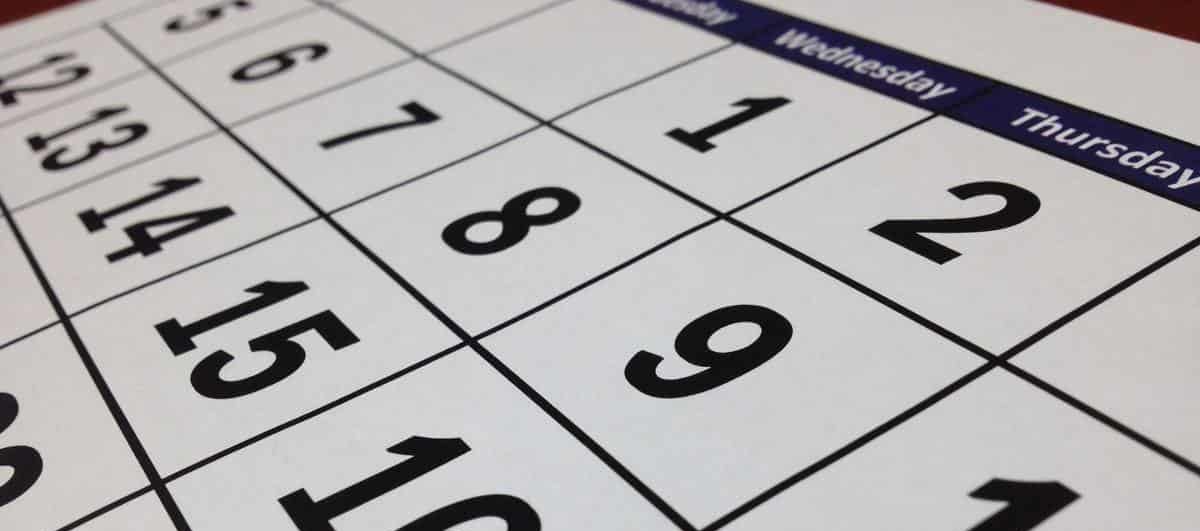As someone who is just starting a website, it may be very confusing to hear terms like post and page thrown around. Someone who is just starting out will probably find that WordPress terms vague but we will break them down into bite-sized chunks.
The difference between a WordPress Page and Post? The biggest difference is the structure of the content. Pages are static content such as about, contact us, and services are all examples. Posts are usually used for blog content or something is likely to change. While the page and posts don’t look structurally different, it’s important to note SEO programs will treat these different. So structuring them correctly from the beginning is important.
We will look at why separating your posts and pages matter and what kind of effect it can have on your site overall.
Defining WordPress Pages
WordPress defines pages as:
Pages are static and are not listed by date. Pages do not use tags or categories. An About page is the classic example. Pages can be displayed in the sidebar using the Pages widget, and some themes display pages in the navigation at the top of the site.
WordPress.org
A better way to define a page vs a post is pages are timeless content. A classic example of a simple page is an About page.
Pages are best used for content that will change little over the course of a websites life. Pages also have other features that posts do not have see below:
- Timeless Content
- Parent
- Template
Parent allows you to set the page as the parent of another page which will create sub-pages. This can be used for something like:
Services > Service Type #2 or
Recommended Products > Product #1
Sub pages are really useful for organization and also SEO purposes. It’s tells Google that page has a parent and the parent is the more important page.
Template allows you to set a template for a page which can have a certain design. This is useful because most pages are designed differently than posts to keep the information separate. People a use to seeing a page without things like a date, author or categories while posts almost always have this feature.
Templates just give a web designer more control over the content that the page shows.
Pages also normally do not allow comments although the feature is included it’s strange to see a page that has comments on it.
Defining WordPress Posts
WordPress defines post as:Posts are entries listed in reverse chronological order on the site homepage or on the posts page if you have set one in Reading Settings. If you have created any sticky posts, those will appear before the other posts. Posts can be found in the Archives, Categories, Recent Posts, and other widgets. Posts are also displayed in the RSS feed of the site. You can control how many posts are displayed at a time in the Reading Settings.
WordPress.org
I normally reserve posts for blogs, however there are several different ways to use posts in a creative fashion. An artist might use posts for galleries of work since they don‘t write much.
Posts feature the following unique attributes:
- Reserve Chronological Order
- Categories and Tags
- Excerpt
- Posts are found in RSS
Due to the more social nature of posts WordPress makes sure that posts have categories. These categories are there to organize the content and make sure that people can search broader topics to find what they are looking for.
Searching a Toyota would be a category.
Searching a Red Toyota Rav4 would be a tag more than likely.
Tags are smaller in scope and more defined that a category. This makes it easier for people to find what they are looking for on a specific topic they search on the posts pages.
Excerpt is a spot that allows you to put a snippet of content that is used by search engines. This is important because by default most search engines grab the first content that the search engine finds on the page. This content may or may not be something you would like to show to customers.
Post are also found RSS feed while pages are not. This is important because if you want someone to subscribe to your RSS then pages will not show up while post will.
How to post a page
In the example below you want to make sure when before you post a page you give the page a name. This is important as this will become the pages url. The typical url will be www.yourdomain.com/pagename.
Make sure that when you set a page to publish that you have your content organized and ready for consumption. Once you hit publish, you can change a page but it will build a revision que that will grow the more changes you make.
It’s important that this is cleaned out in time as revisions can sit in a database and take up space.
How to post a post
Unlike a page post have the option to schedule pages into the future. Meaning you can write up a post and then days later WordPress will publish the post you put in. This makes it easier to batch posts by doing them at one time. Depending on your permalink settings your post url is likely www.yourdomain.com/blog/postname or www.yourdomain.com/catergory/date/postname.
It’s important that you look over the excerpt to make sure that search engines can easily read your post pages. This will help you rank better in the future.
Related Questions
How many posts or pages can I have on a website? A website can have any number posts or pages they would like to include. Most SEO programs will only show a max of 1000 posts or pages before breaking them up.
Does SEO effect either posts or pages? Typically, search engines like pages as these are mostly considered evergreen while post have a lifespan. Something that was written in 1994 is not relevant in Google’s eyes in the year 2019. Posts are also more likely to be updated where pages are some times refreshed but not as much.
I hope this article has helped you understand the difference between pages and posts. I wanted to use lots of examples so you can see how both can be used in different ways than they are intended. As WordPress grows expect to see more changes and advances in both of these areas.





